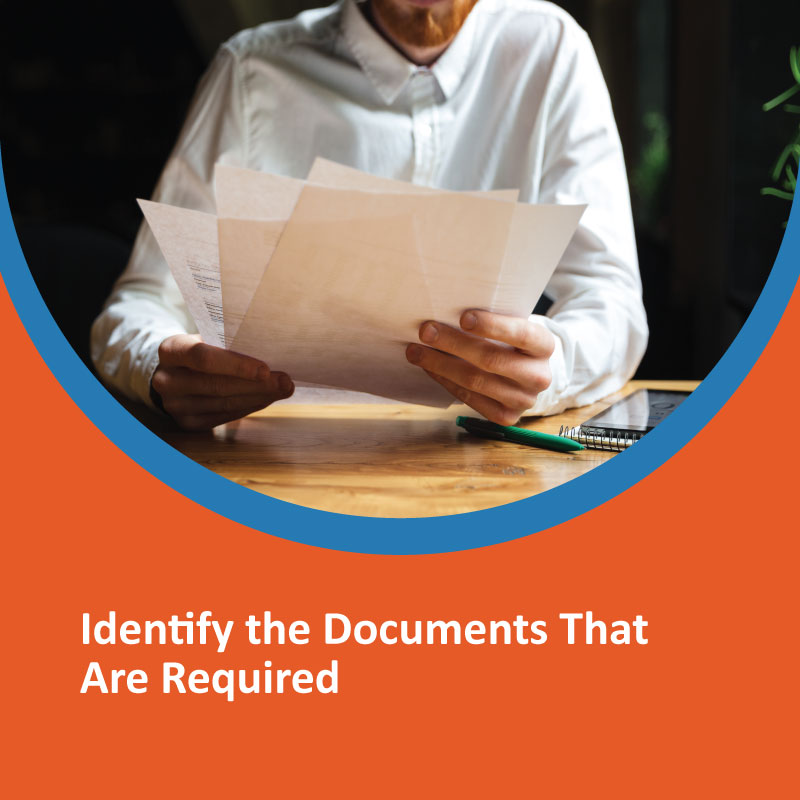Medical billing documentation is an integral part of healthcare. It ensures that healthcare service providers receive their complete payment on time. Different types of documents are required to complete the billing process. These documents help record patient details, verify insurance, and process claims correctly. Without them, mistakes can happen, leading to claim denials or payment delays. This article will explain the key documents needed in medical billing.
Accurate medical billing keeps records organized. They help healthcare providers, insurance companies, and patients work together smoothly. Clear documents reduce errors, speed up payments, and follow healthcare rules. In this article, you will learn about the essential documents for medical billing.
1. Patient Information Documents
The patient’s complete treatment history is essential for a healthcare service provider. Before treatment, we must ensure that the patient is verified by the insurance company. Patient details are necessary for medical billing. These documents include:
- Patient Registration Form
- Insurance Verification Form
- Consent Forms
These documents confirm who the patient is and what insurance they have before treatment starts.
2. Insurance Verification and Authorization
Insurance verification ensures that a patient has active coverage. Authorisation is needed for some treatments. The patient must be verified by the insurance company. These documents include:
- Insurance Provider Details
Before treatment, one must check the details of the patient’s insurance company.
- Coverage Information
Coverage Information shows what’s covered by insurance. It includes services paid for, patient’s payment amount, and policy number.
- Pre-Authorization Forms
Pre-authorisation forms are needed for insurance approval. They’re required for certain services before they’re done.
Providers can prevent claim denials and unexpected patient costs by verifying insurance early.
3. Medical Records and Treatment Documentation
Accurate medical records are essential for billing and legal purposes. These records include:
a. Patient Medical History
This document contains details about past illnesses, medications, and allergies.
b. Superbill or Encounter Form
This form records the services provided, including diagnoses and treatments.
c. Physician Notes and Lab Reports
Doctors write notes about a patient’s condition, test results, and recommended treatments.
4. Medical Coding and Charge Sheets
Medical coding is necessary for processing claims. These documents include:
- ICD-10 Codes (for diagnosis)
- CPT and HCPCS Codes (for procedures)
- Modifiers (for additional details)
Accurate coding helps get the correct payment and prevents claims from being denied.
5. Claims Submission and Payment Tracking
Claim submission is the last step in medical billing. These documents help in that process:
a. Claims Forms
- CMS-1500 Form (for outpatient services)
- UB-04 Form (for hospital services)
b. Explanation of Benefits (EOB) and Remittance Advice (RA)
- EOB informs patients about what the insurance covers.
- RA helps providers track payments and claim statuses.
6. Denial Management and Appeals
Sometimes, claims get denied. In such cases, these documents are used:
- Denial Letters from Insurers
- Appeal Forms and Supporting Documents
Providers can recover lost payments and avoid losing money. Good denial management helps keep businesses stable.
Conclusion:
Accurate documents are key to smooth medical billing. The main documents needed are a patient registration form, coverage information, and pre-authorization forms. Medical records, insurance cards, and billing statements are also required. These documents prevent errors, ensure timely payments, and reduce providers’ financial risks.
FAQs
Q1. Why are medical billing documents important?
They ensure accurate records. They help with insurance compliance. They prevent claim rejections.
Q2. What is the most crucial document in medical billing?
The patient registration form is key. It holds personal and insurance info.
Q3. How can you reduce medical billing errors?
Errors can occur only when you enter the wrong data or information about the patient. By doing this, you can reduce mistakes after the verification.
Q4. What happens if a medical claim is denied?
The provider doesn’t get paid. The claim is sent back to the provider. They must fix the issue and resubmit a corrected claim.


